It’s been a very slow August so far; in part attributed to a major change in the weather and the effects of the long, hot dry spell we’ve enjoyed for the past few months.
Having encountered all non-migrant local species with the elusive Moorland Hawker now is the time to relax and choose a few special ponds for observation and indulgence. Except these ponds have disappeared completely or dried out to puddles barely enough to cover your feet.
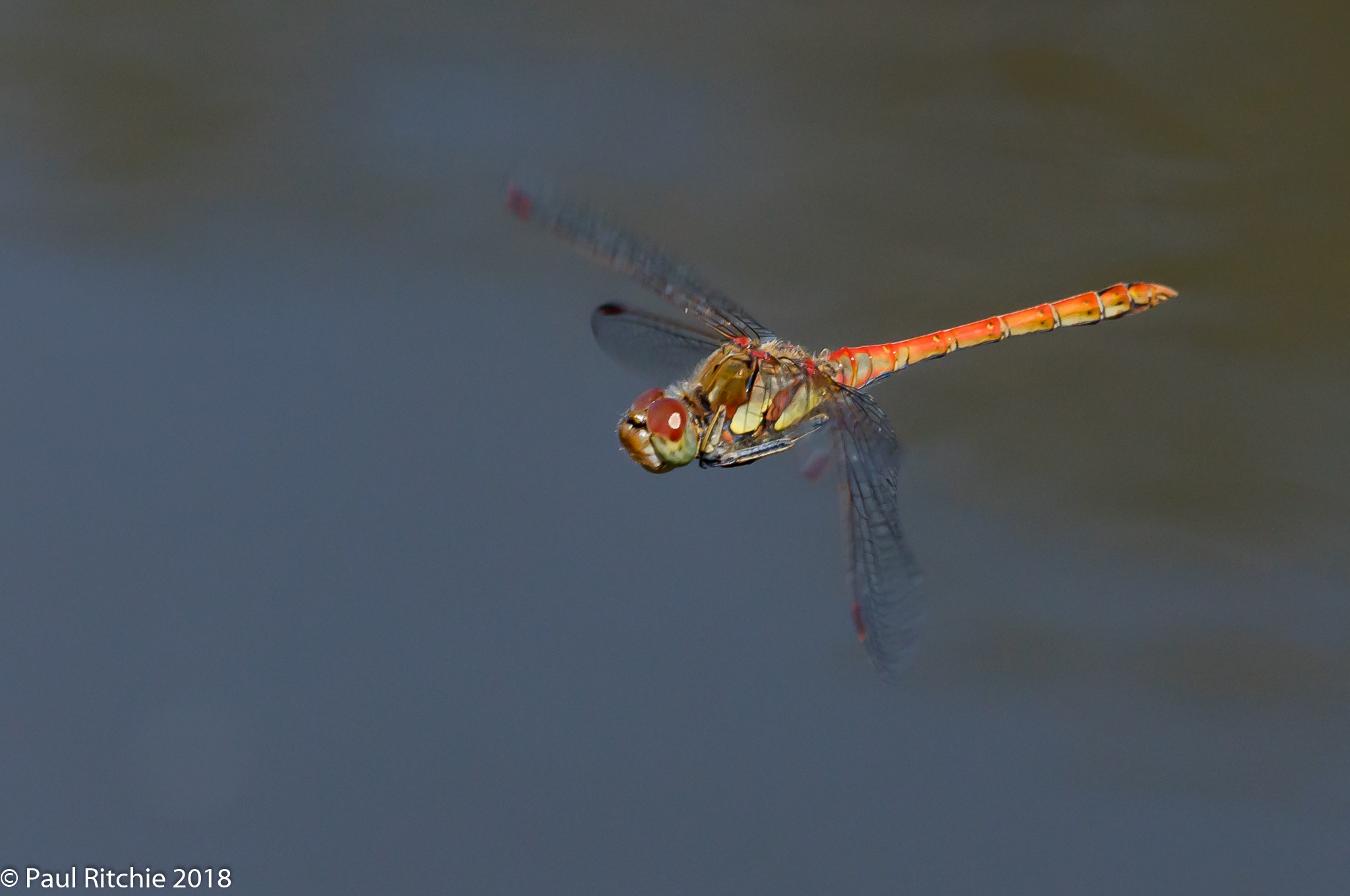
Not a problem for the hardiest species such as Common Darter and Common Emerald, or indeed a solitary Emperor holding on in hope a female may visit.
The Emperor has been around since May and most individuals encountered are tired and tatty.
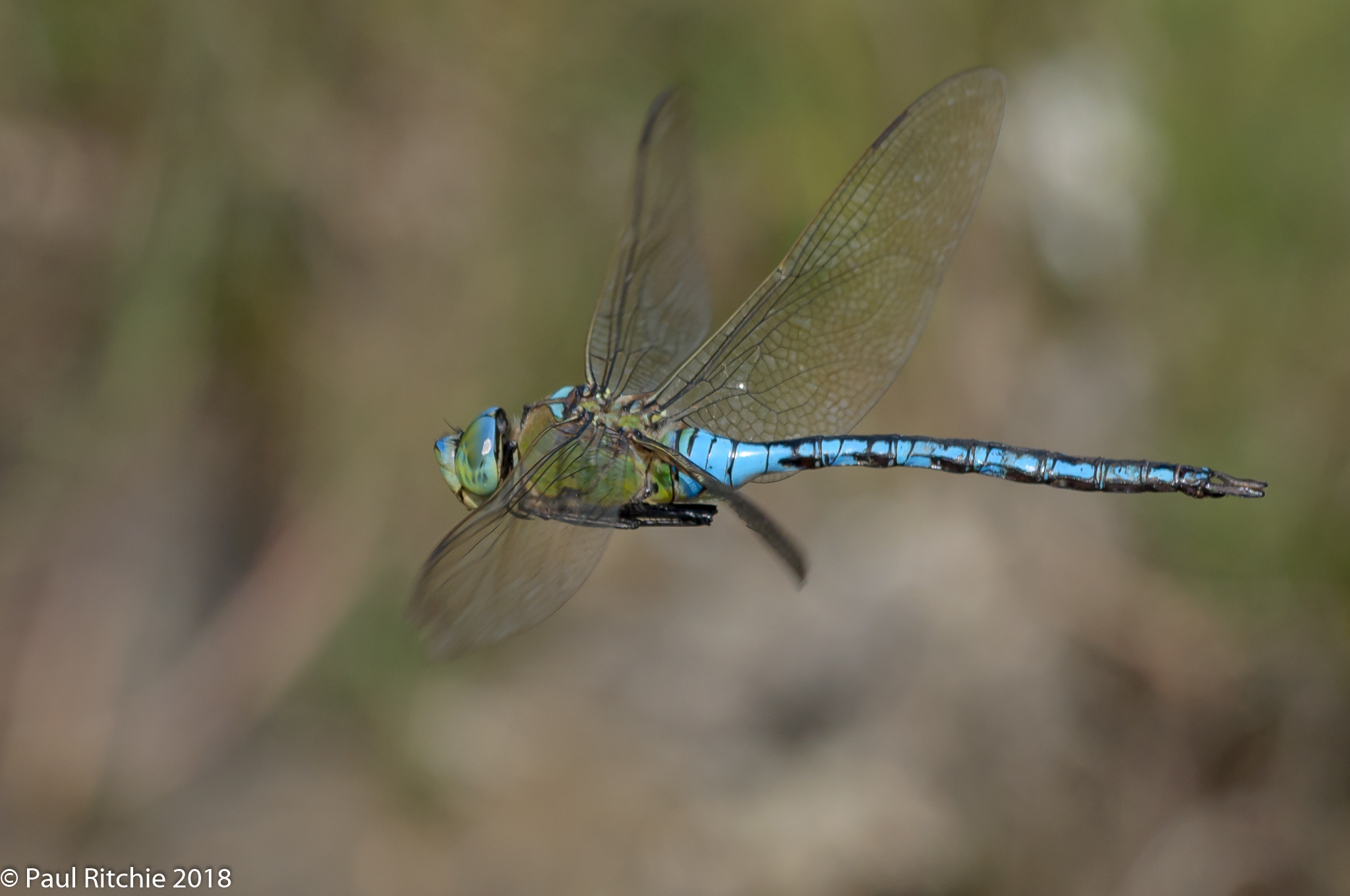
Time to move over and give up the territories to the late summer hawkers; a Southern has no problem with puddles, but would rather avoid unnecessary conflict.
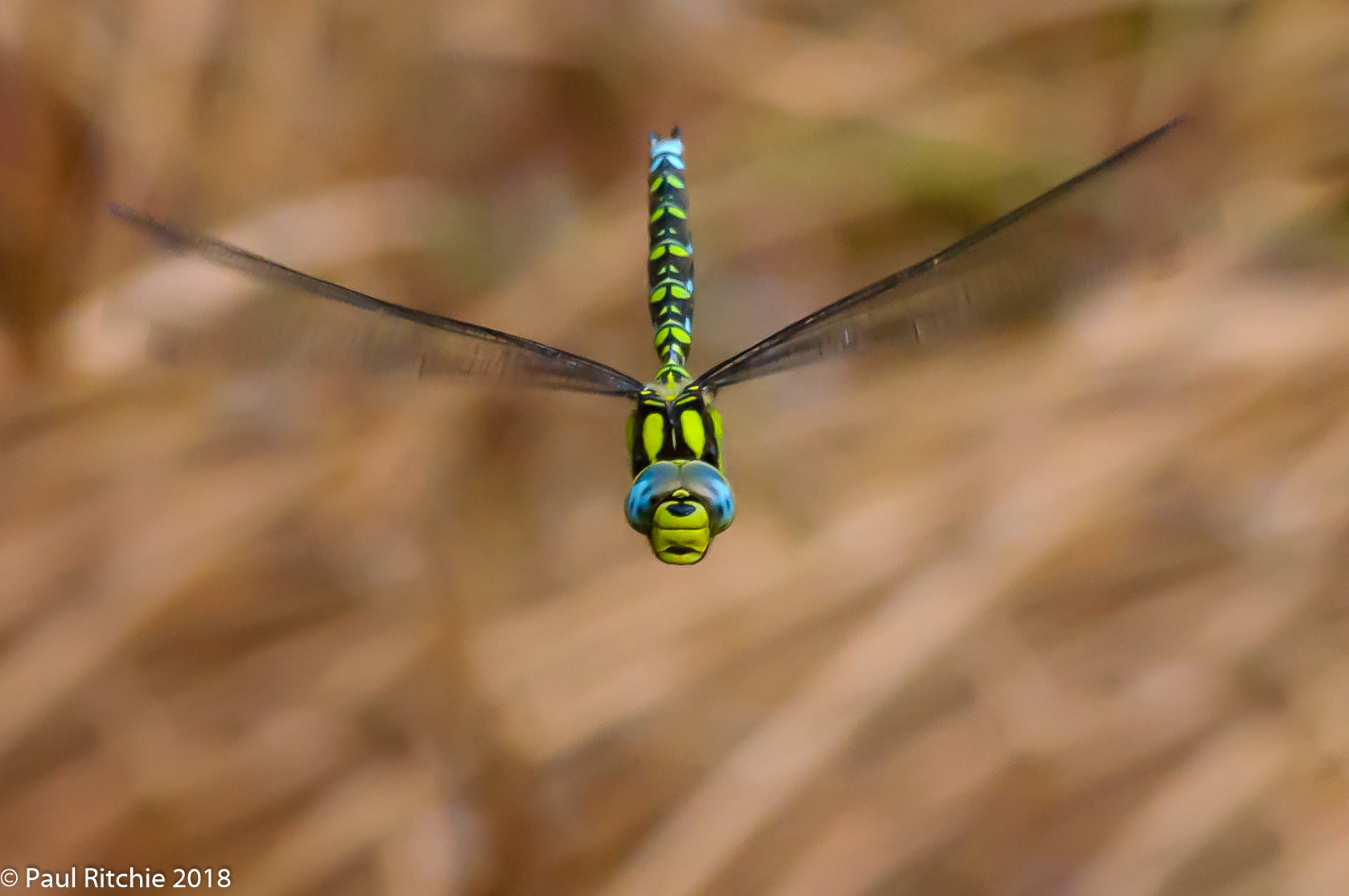
The Moorland Hawker is another who doesn’t tolerate other hawkers (except it’s own in certain places with high populations) and will happily take on an aged Emperor.
The sight of a high-flying Moorland coming in to scan below is always a welcome sight in the New Forest. Even better when he decides to come down and patrol a while.
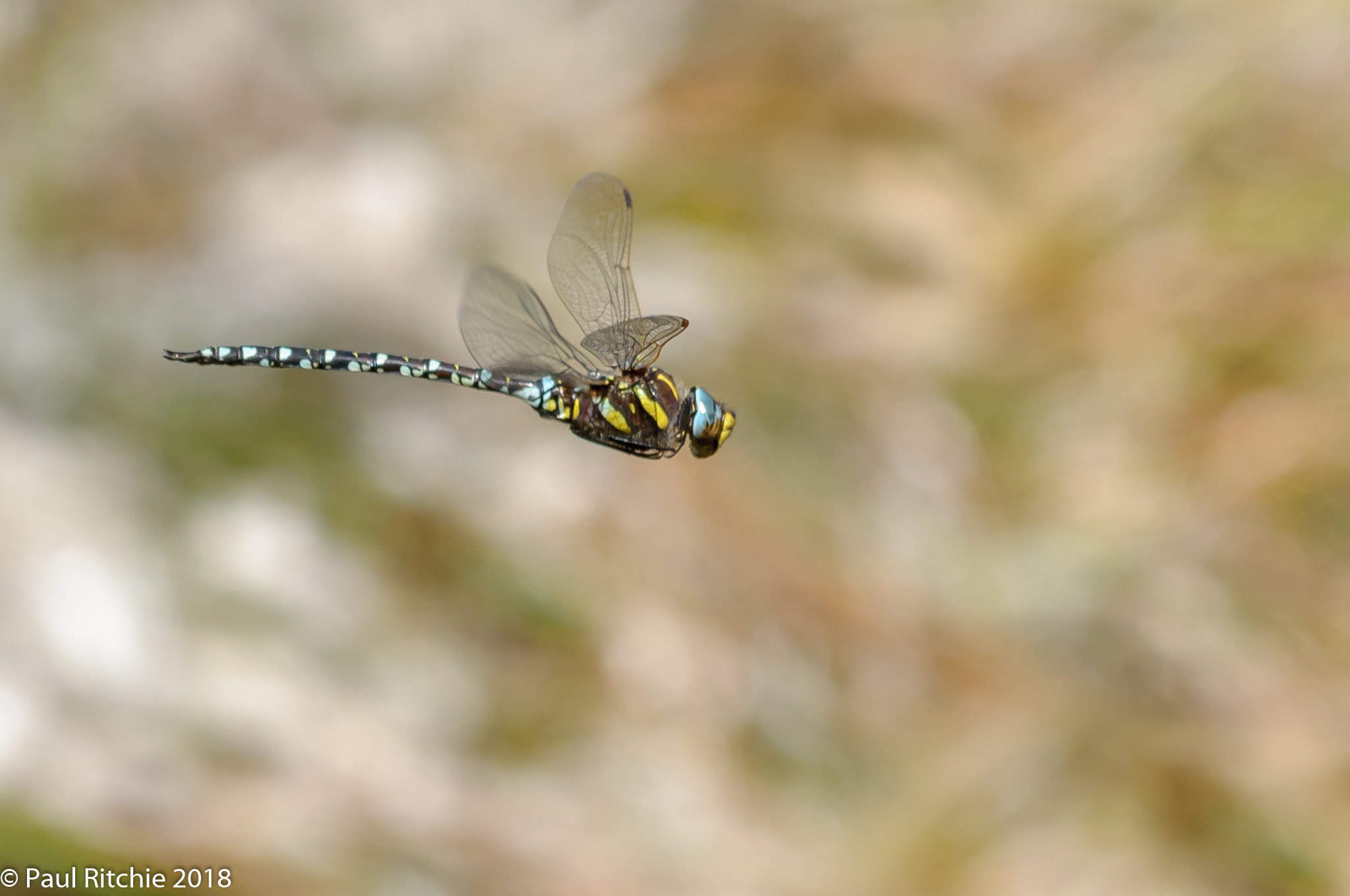
Most of the Migrant Hawkers are immature and shyly shoot off with minimal disturbance from their roost of gorse and trees surrounding favourite feeding grounds. They’ll settle down once they mature and provide the easiest in-flight opportunities of them all.
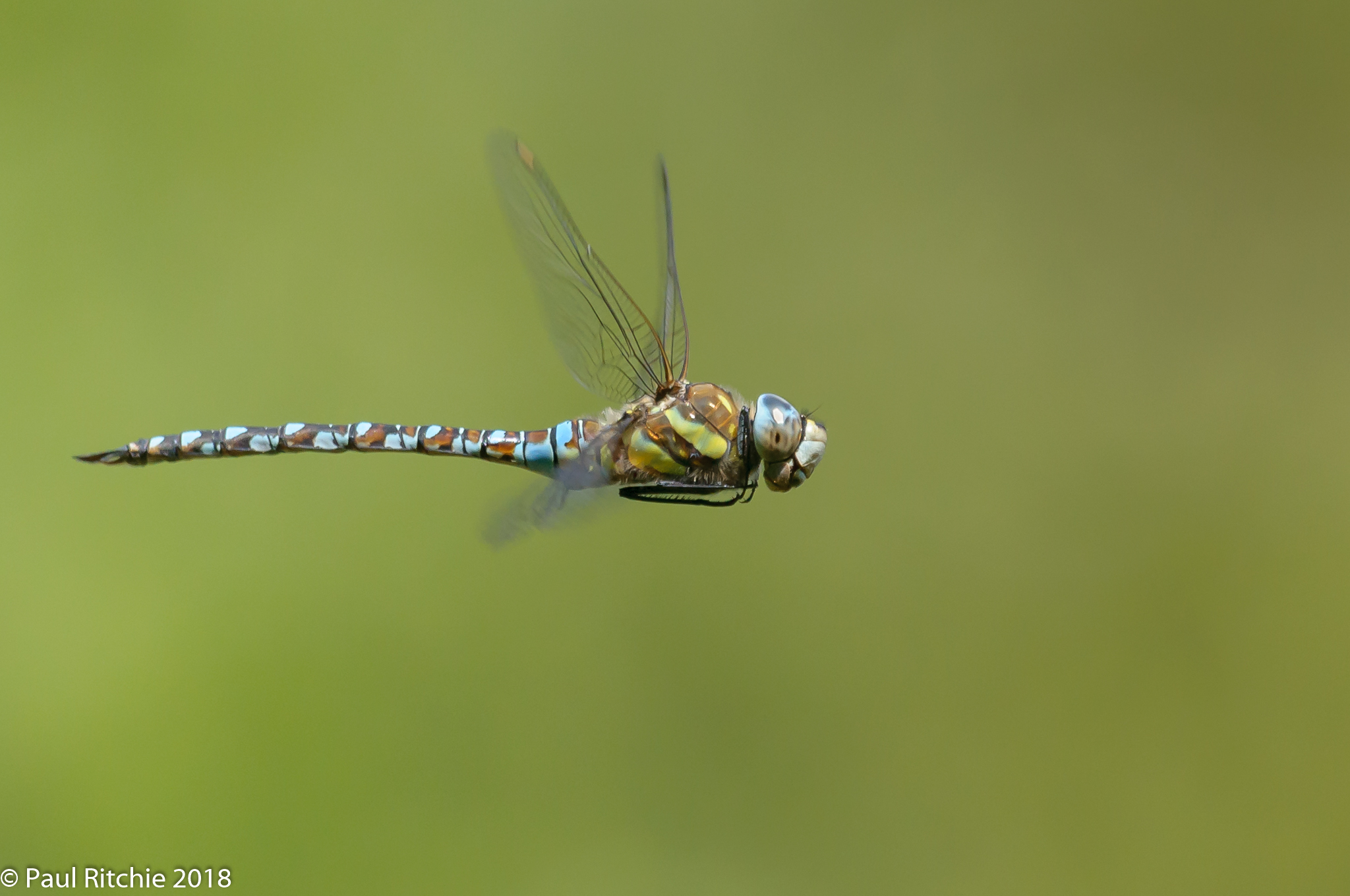
Despite a good look around Town Common mid-week I only found a few Black Darters, a few Small Red and even more Common Emerald. I probably would’ve seen a lot more if it hadn’t have been somewhat overcast
By the time I reached Ramsdown the sun put in a very brief appearance with the majority of activity centered around the hill pond, which is deep enough to have survived the drought.
The showers we had last weekend weren’t enough to effect the driest heath ponds, however now we’ve had some more rain I’m looking forward to seeing if the ponds have recovered enough to offer some late summer enjoyment.
